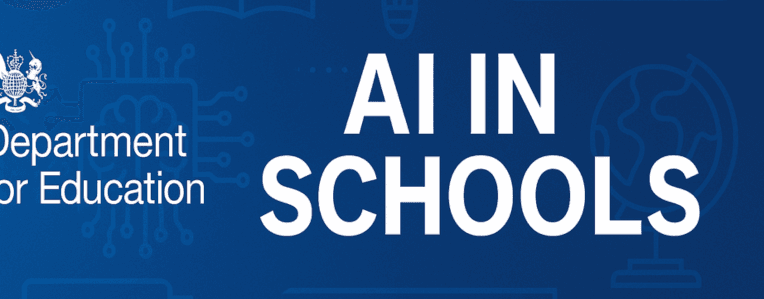
Generative AI moved from curiosity to classroom staple in under three years. Ofsted’s new study of 21 “early adopter” schools and colleges confirms that leaders who act now cut admin hours, personalise learning, and stay inspection-ready, while those who wait face widening gaps.
Why Waiting Is Risky
Ofsted found senior teams that set a vision, appointed an AI champion, and started small already see gains in workload and learning quality. Yet 69 % of UK schools still have no AI implementation plan, according to Bett’s 2024 survey. Inspectors will not grade the tech itself, but they now weigh its impact on experiences and outcomes.
Key Lesson
Small pilots beat endless debate. Leaders who delayed told Ofsted they now feel “behind the curve.”
Workload Relief Fuels Better Teaching
The Education Endowment Foundation’s ChatGPT trial showed that teachers who used AI for lesson prep saved 31 % of planning time. Early-adopter staff reuse those minutes for feedback, mentoring, and family calls, tasks AI cannot replicate. Admin teams also trim policy edits and parent letters with AI proofreading.
Student Agency and Personalised Support
The National Literacy Trust reports student AI use jumped from 37 % in 2023 to 77 % in 2024. When teachers model prompting live, pupils see bias, hallucinations, and fact-checking in action, building critical-thinking habits. Early adopters translate resources for refugees, create 10-minute podcasts for young carers, and scaffold mixed-ability tasks, while keeping humans in charge of final content.
Governance First, Tools Second
DfE guidance urges schools to fold AI into existing safeguarding, data, and teaching policies, not bolt on a separate rulebook. Early adopters update policies internally and maintain approved-tool lists co-signed by IT, curriculum, and data-protection leads.
UNESCO adds that transparency on data use is non-negotiable for public trust.
Building an AI-Ready Culture
- Appoint an AI champion with classroom credibility to coach peers.
- Run low-stakes trials, e.g., AI-generated quiz questions.
- Share weekly wins in staff bulletins to normalise use.
Swift Teach aligns perfectly, every output is editable, curriculum-linked, and keeps teachers firmly
in the loop.
Measuring Success Without Drowning in Data
Most pioneers track usage analytics, quick staff polls, and student confidence ratings; few yet tie AI directly to attainment because metrics are still emerging. Start simple, minutes saved, sample comparisons, and voice-of-student surveys. DfE’s AI Opportunities Action Plan will refine benchmarks.
Swift Teach , Your First Pilot in Five Steps
-
Audit pain points, planning, feedback, scaffolding.
-
Pick one Swift Teach tool (e.g., AI Task Generator).
-
Run a four-week pilot, gather reflections.
-
Update policies with DfE templates.
-
Scale gradually with CPD for every new workflow.
Early adopters prove that action beats perfection. Start small, stay transparent, and let Swift Teach guide your first pilot, because the biggest risk is doing nothing.
FAQ
Why is adopting AI in Schools urgent?
Delaying widens the gap between pupil AI use and school policy, leaving staff reactive instead of proactive.
How does AI cut teacher workload?
ChatGPT-assisted planning trims lesson-prep time by roughly one-third.
Does AI threaten academic integrity?
Clear guidelines, classroom modelling, and transparent citation teach students to verify and cite AI outputs responsibly.
What safeguards should come first?
Embed AI inside existing safeguarding and data-protection policies, keep an approved-tool list, and review it termly.
Can primary pupils use AI safely?
Yes, when teachers model safe use, restrict unvetted tools, and adopt child-safe chatbots.
Related Blogs

September 8, 2025
Rubrics with Purpose: A Teacher’s Toolkit for Visi...
Setting Clear Learning Targets Creating well-designed rubrics moves the measurement of successful l...

June 27, 2025
AI in education...
Why AI in education must evolve Educators embraced Swift Teach for fast, curriculum-linked offering ...
June 5, 2025
Maximizing Lesson Planning: A Deep Dive into Swift...
Artificial Intelligence (AI) is no longer a concept confined to science fiction or tech labs—it’s no...